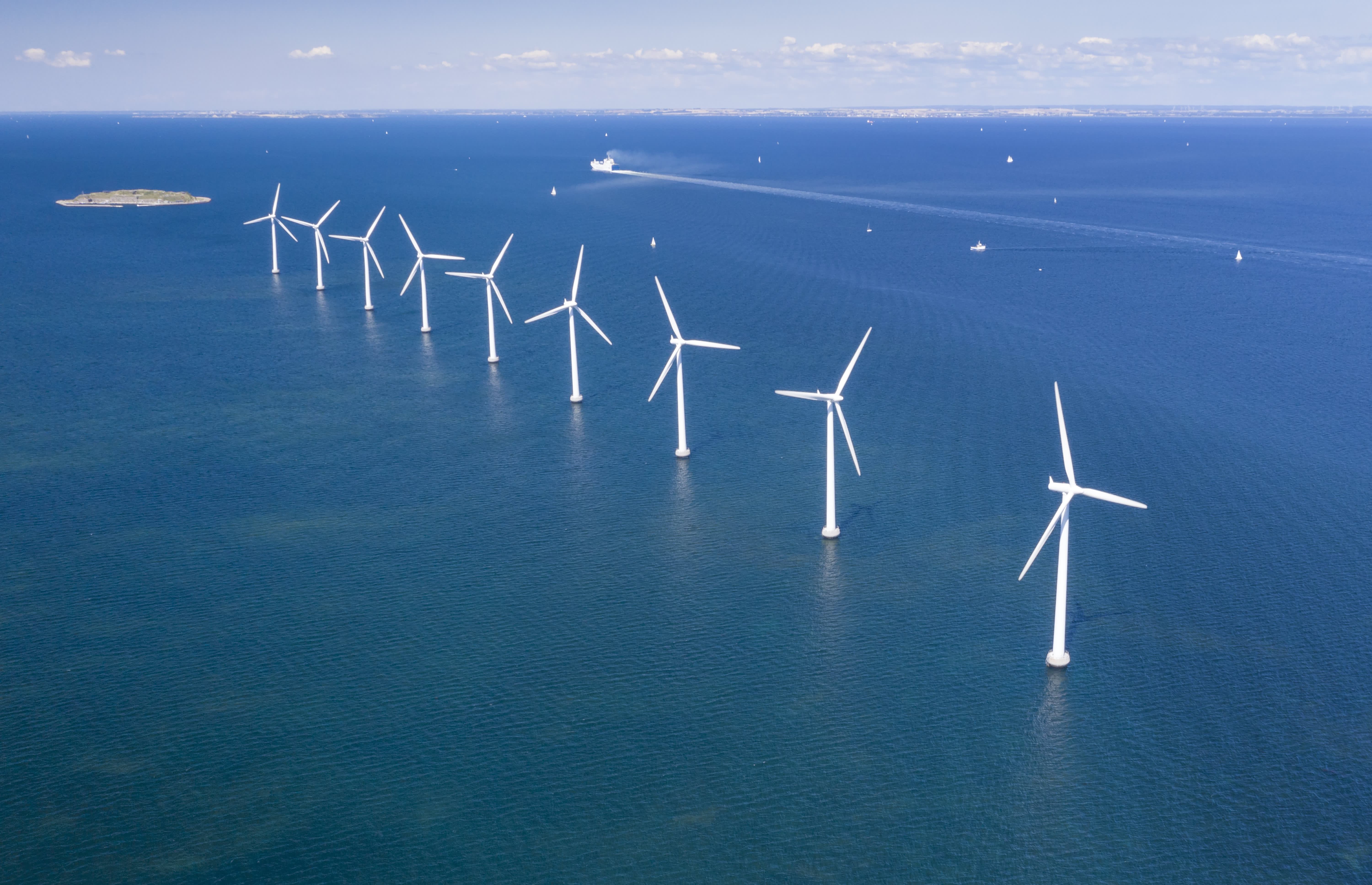Solar power advocates have long looked at states like Pennsylvania and Illinois and seen great potential in utilizing the renewable energy source.
But for years, Pennsylvania and others lagged behind more progressive neighbors like New Jersey and New York, where the proof of solar embrace can be marked in the hundreds of megawatts added each year of the last decade.
Signs of life are emerging, however, as Pennsylvania doubled its solar growth in 2020 over the two previous years combined, according to a new report by the Solar Energy Industries Association.
There were 265 megawatts of new solar power added to the grid in Pennsylvania last year. In 2018 and 2019, there was only 133 new solar megawatts combined.
Get top local stories in Philly delivered to you every morning. >Sign up for NBC Philadelphia's News Headlines newsletter.
The Keystone State helped fuel a large spike nationwide in the installation of new solar arrays, as the total for the United States jumped 43% compared to 2019.
Other previously lagging states like Illinois, Ohio and Wisconsin also saw solar installations double in 2020 compared to the previous two years combined.
It's a trend that the SEIA expects to see continue for the next decade as one of the key sectors to embrace renewable energies is the energy sector itself. Climate change experts believe that power production in the United States must decrease carbon emissions by as much as 80% in the next 10-15 years if the country has any chance of contributing meaningfully to rising global temperatures.
"The year 2020 was a record-setting year for the solar industry, and it won’t be the last," authors for the report released by SEIA wrote. "The fourth quarter exceeded the prior quarterly record set in Q4 2016 by 22%, with just over 8 gigawatts-direct current (GWdc) of solar photovoltaic (PV) capacity installed. The year ended with a total of 19.2 GWdc installed, an astonishing 43% more than capacity added in 2019 – all amid a global pandemic."
The report predicted that nationwide solar growth would continue to increase through 2025.
"Residential solar sales continue to exceed expectations as loan providers roll out attractive products, interest in home improvement surges, and customers suffering through power outages from extreme weather seek energy resilience," the report said. "Utility solar pipelines continue to grow, driven by a proliferation of decarbonization targets from a variety of offtakers. And while non-residential solar growth is expected to moderate after an initial surge in 2021, long-term growth will accelerate as costs decline and financing options become more widely available. In total, the operating solar fleet is expected to quadruple from nearly 100 GWdc of capacity installed today to more than 400 GWdc installed by 2030."



